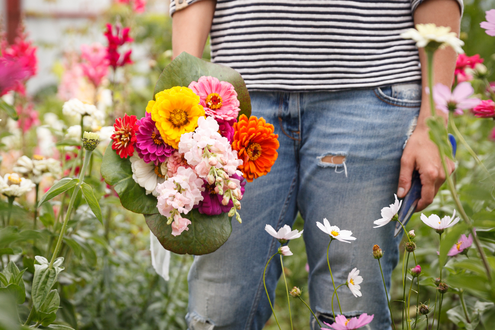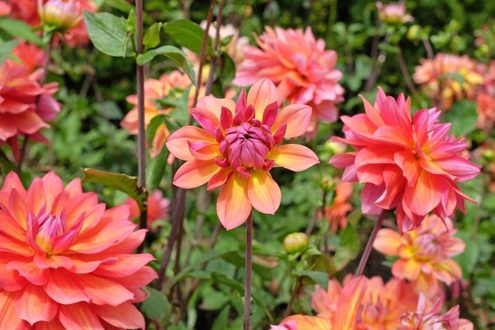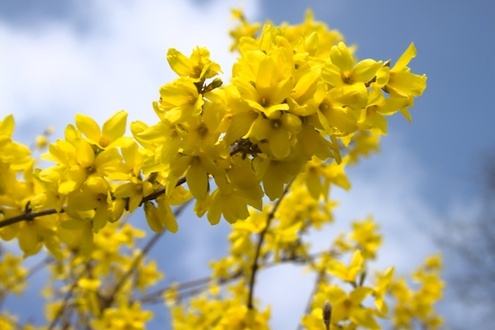
Houseplants can do so much more than simply sit on a shelf. Climbing houseplants can turn your indoor space into a lush green zone that resembles a tropical paradise by twining elegantly around a support or up a trellis. Here are our top tips on how to train your climbing houseplant.
Choosing a climbing houseplant
Many indoor plants sold as trailing plants for hanging baskets can be trained to climb, and some will actually do better as climbing plants than if left to trail. Here are a few to look out for:
- Philodendrons – a huge genus of plants with long stems and heart-shaped green leaves. The stems produce small aerial roots that will attach themselves to structures if given a chance. Philodendrons are easy, undemanding plants, preferring bright but indirect light.
- Pothos (devil’s ivy) – have heart-shaped leaves similar to Philodendrons but are usually gold and green variegated. Pothos are easy to grow in bright, indirect light and can be cut back as needed to keep them under control.
- Tradescantia – These attractive plants produce long trailing stems with purple and silver-variegated leaves. The trailing stems can be tied to supports to encourage them to climb. Tradescantias do well in bright, filtered light.
Tips on training climbing houseplants
- Using pipe cleaners, you can train trailing plants against a wall by putting up hooks and tying the stems. However, bear in mind that in time, the plant’s aerial roots are likely to attach themselves to the wall and may pull the paint off when removed. If you don’t want this to happen, put up a support structure like a trellis for the aerial roots to cling to instead.
- If you want to put a stake into a plant pot to give your plant something to twine around, the best way to do this is to repot the plant, placing the stake in the new pot at the same time. This reduces the risk of damaging the plant’s roots, which is very likely to happen if you simply push a stake into a pot that already contains a plant.
- Plants will naturally grow towards the light, so consider this when supporting your plant. It’s always easiest to encourage the plant in the direction it wants to go!
- Train vines gradually upwards to reduce the risk of snapping them.
Caring for climbing houseplants
A trailing houseplant may start to grow faster once it has been trained to climb, as it gets more light, so be prepared to feed and water it more often. And don’t be afraid to prune vines that are getting out of control. Pothos, philodendrons and tradescantia all respond well to being cut back.
Give your home a new look this year with a few climbing houseplants. We have a fantastic range of indoor plants in our centre, so visit us today to find the right one for your home!




